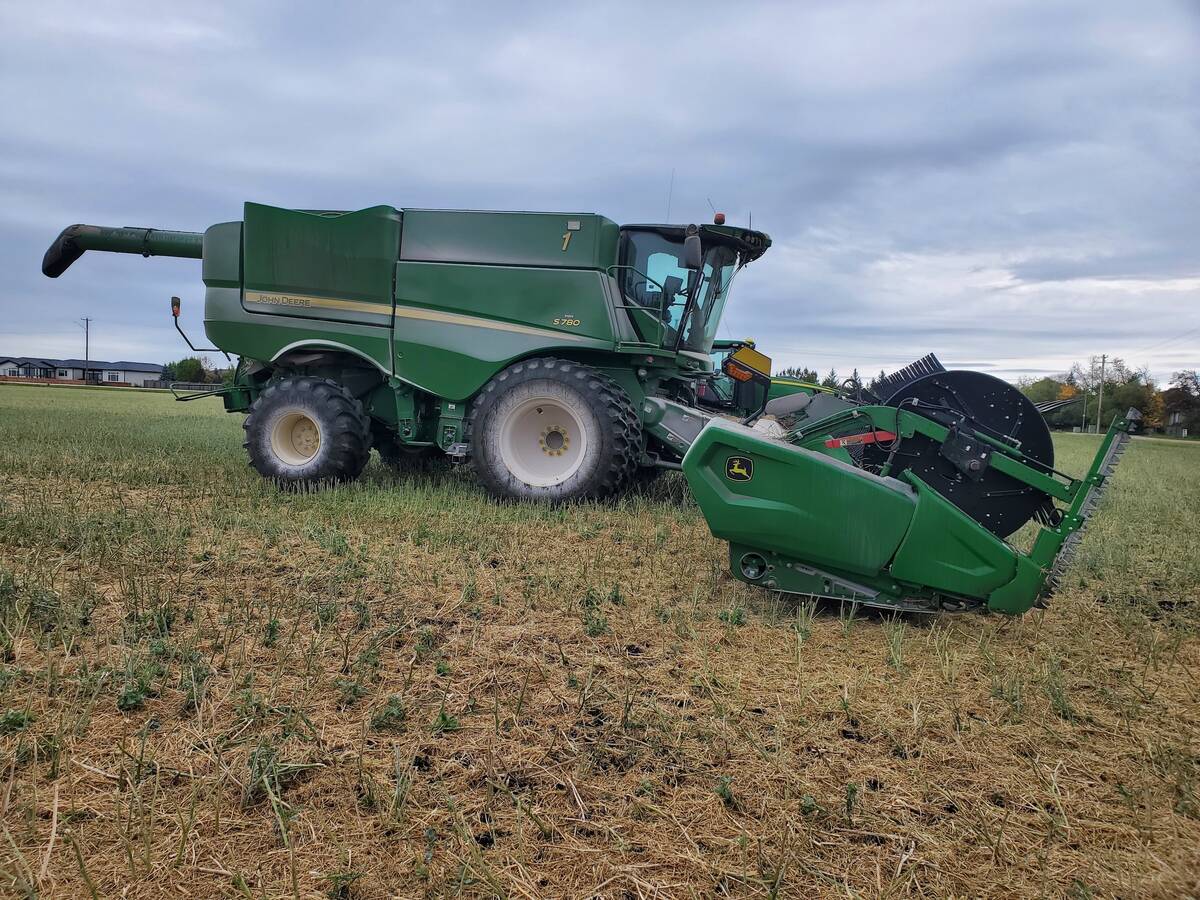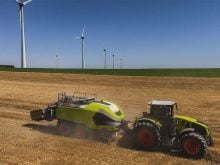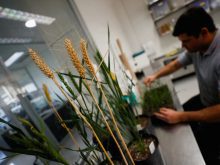BSE cost Canadian farmers billions of dollars in lost revenue, but scientists say chronic wasting disease could be even more serious as it spreads among deer, elk and moose across North America.
“It is spreading like wild fire in the environment, not only in the United States but it is in Saskatchewan and Alberta as well,” said Neil Cashman, scientific director of PrioNet Canada, a network of 60 researchers studying prion diseases.
The effort to follow the fatal path of CWD is one of 19 projects to recently receive a share of $8 million in funding announced by PrioNet. All are three-year projects studying a family of aberrant protein diseases called transmissible spongiform encephalopathies, terminal brain wasting diseases found in humans and many animal species.
Read Also

Powdery mildew can be combine fire risk
Dust from powdery mildew can cause fires in combines.
In 2005, the federal government made a $35 million funding commitment to PrioNet – $5 million a year for seven years.
The CWD project, which is one of the larger studies, will receive $250,000 a year for three years. Past work has provided some of the first hard data about the disease’s spread in the environment among wild populations. CWD is only found in North America and information is needed to develop a better control strategy.
“We have no idea how to manage it,” said Cashman, a University of British Columbia neurologist who for the last 20 years has studied various strains of Creutzfeldt-Jakob disease, a human prion disease, as well as other prion infections.
“Everything has been done, from complete depopulation to benign observation, and it doesn’t seem to affect the rate of spread at all.”
As part of the recent release of funds, Cashman received support to study how the prion protein turns into disease. He is working with UBC physicists and scientists at the University of Alberta.
“It is one of the key unsolved mysteries of prions and prion diseases. How does this protein convert into disease and what is the mechanism?”
Unravelling the mystery of the prion involves lengthy projects. Cashman said it is unlikely a single research project will provide a definitive answer to this confounding set of diseases.
“Prion science, like every other kind of science, usually moves incrementally, but once in a while there is a big bang so I have high hopes that my colleagues and I might contribute to a big bang,” he said.
“But even if we don’t, there is this incremental knowledge and benefit to Canada.”
Canada has made significant discoveries as it marks its fifth anniversary of living with BSE.
One includes work by bovine geneticist Steven Moore at the University of Alberta, who found lines of cattle susceptible to BSE. It could be possible to breed resistant lines of cattle, but Cashman said new government controls on feed and disposal of infected tissue means BSE could eventually disappear from Canada.
Genetic work on sheep successfully removed breeding animals susceptible to conventional scrapie. However, a new strain of atypical scrapie has appeared in the resistant herds.
Other projects funded include examining public perception of risk and the need for voluntary or mandatory BSE testing of all cattle.
Another project is looking for vaccines against prion disease. Researchers at the Vaccine and Infectious Disease Organization at the University of Saskatchewan are building on the discovery of an antibody binding site on the infectious prion. The research may lead to vaccines to prevent other prion diseases.
As well, two teams at the University of Ottawa are assessing the level of risk to people contracting variant CJD when exposed to contaminated cattle products.
That research group will examine the probability of human-to-human vCJD transmission through blood transfusions and surgery.
The risk associated with the transmission of vCJD through organ transplants is also under study.
Cashman said PrioNet is also willing to work with private industry.

















